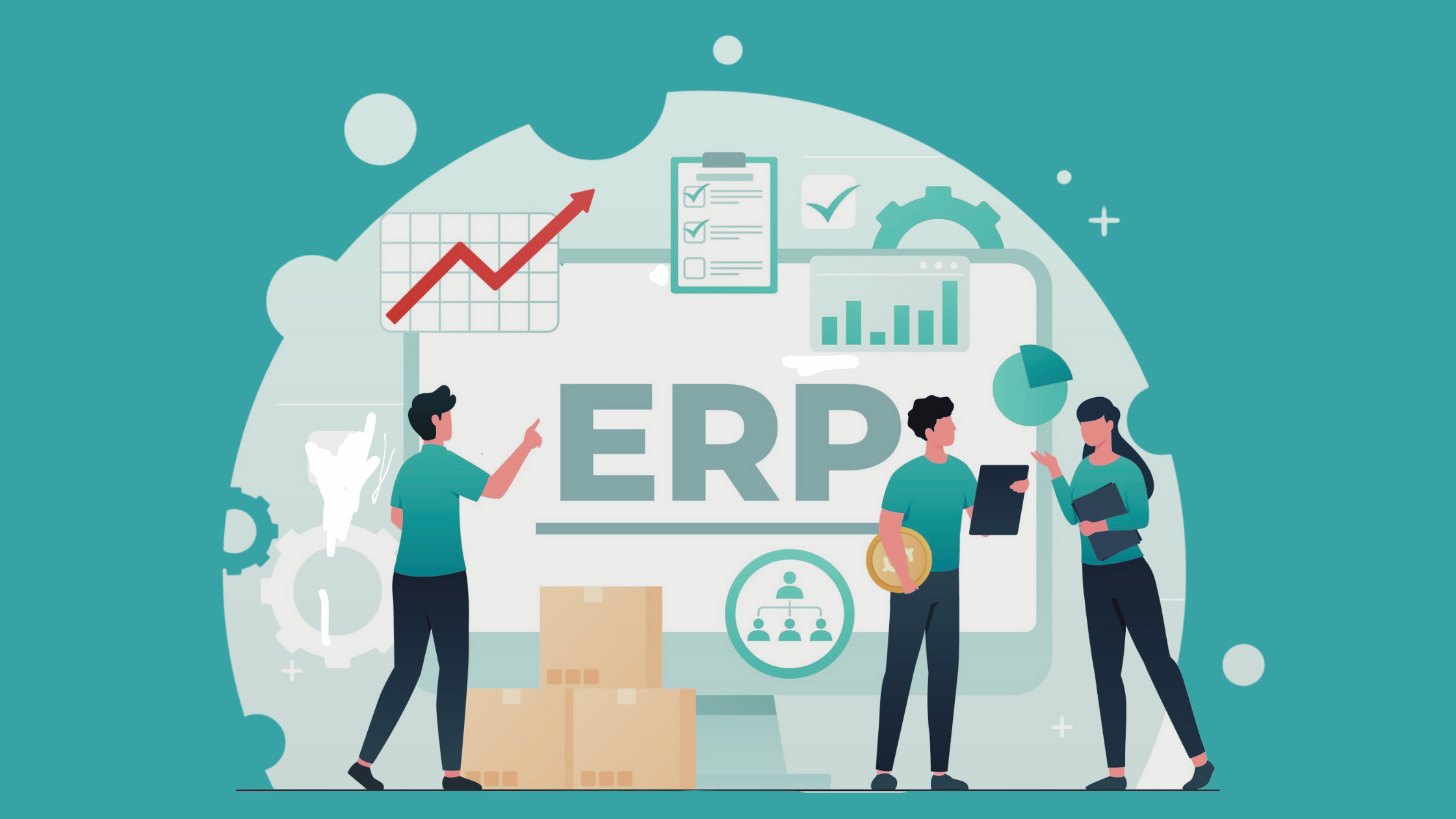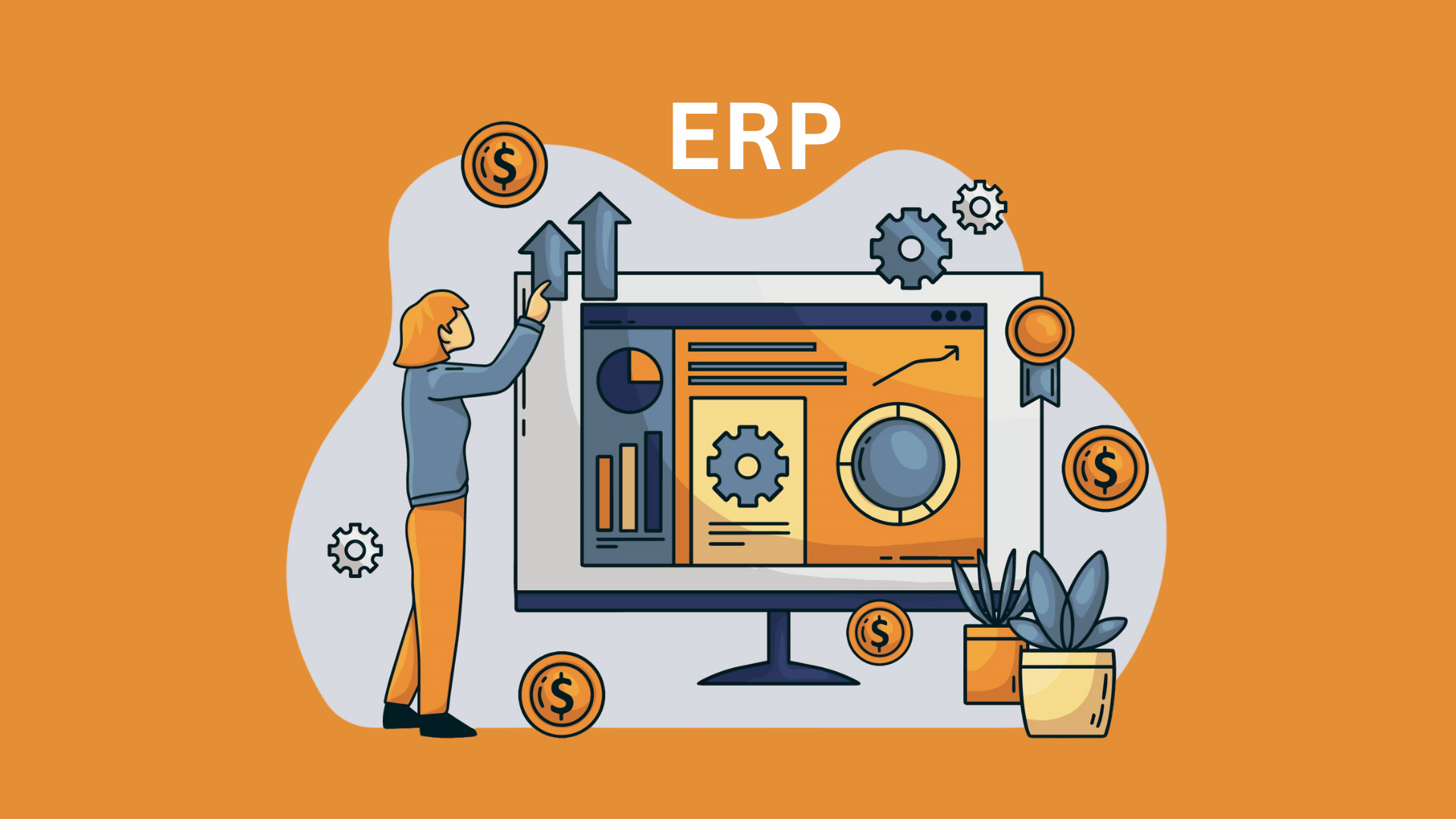What is ERP?
ERP (Enterprise resource planning) is a type of software system that assists organizations in automating and managing essential business processes for ideal performance. An organization’s financials, supply chain, operations, business, reporting, production, and human resources functions can all be integrated into one platform. By coordinating the data flow between a company’s business processes, ERP software creates a specific source of information and improves operations throughout the organization.
The unique feature of modern ERP software is that it integrates all these different procedures into a single integrated platform. It provides data connectivity not only for your Enterprise Resource Planning system but also for your productivity software, e-commerce platforms, and even client engagement programs. It gives you the ability to connect all of your data for improved insights that will help you optimize your business’s processes altogether. A modern ERP solution also provides low-code customization, enhanced security and privacy, flexible deployment choices, and sustainability.
Importance of ERP in Business:
ERP technology is becoming increasingly better at integrating operations. You’ll have the business intelligence, acceleration, and adaptability you require to start optimizing your operations once your processes, systems, and data are linked.
- Maximize your efficiency. AI-powered solutions give you access to insights that improve your decision-making and show you how to move forward with operational efficiency growth.
- Boost operational force. Employees will have more visibility and flexibility as a result of the connection of processes and data, which will enable them to act much faster and contribute more value across the organization.
- Maintain company adaptability. Many Enterprise Resource Planning solutions are designed to grow with you and adjust to your needs, assisting you in being proactive in anticipating and responding to any operational interruption or market change.
Steps in choosing the right ERP:
1. Define your business’s needs:
Evaluation of business processes along with the development of operational goals are the first steps in choosing the best ERP system for your business. To transform your operations and boost business performance, identify barriers and problems in your current system and consider how Enterprise Resource Planning software can fit into your process.
2. Choose a vendor who is familiar with your industry:
When a seller promotes the advantages of their product, avoid being overwhelmed by technical slang. Working with a vendor who is aware of the difficulties in production is important. Someone who is familiar with the issues you’re attempting to address and who can customize their answer appropriately.
3. Prepare a budget and timeline:
Know exactly how much you can afford to spend on the ERP system and plan out when you want your Enterprise Resource Planning solution to go live. While creating the budget, it’s important to account for any hidden expenses that might arise in addition to the software purchase, such as those related to maintenance, resources needed, training expenses, hardware in the event of a property deployment, and other possible utilities.
Depending on the size of the company, the number of locations, and the level of customization needed, the time necessary for Enterprise Resource Planning implementations can vary from a few months to even years.
4. On-site or In-cloud ERP:
Either on-site infrastructure or cloud infrastructure can operate an Enterprise Resource Planning application. Since the provider already holds and manages the infrastructure, remote cloud hosting is less expensive. As your requirements increase, cloud hosting is also simple to scale up.
However, because your private client information is kept on servers that are not part of your company, there is a chance of a data breach. Large corporations typically favour on premise hosting, whereas small businesses use cloud-hosted Enterprise Resource Planning solutions to maintain a leaner structure.
5. Scheduling ERP vendor demos:
Once you have a list of prospective vendors, contact them for more details and set up a demo. A lot of the vendors might send an expert to give you a demonstration inside your office, and some vendors might even offer free trials and online product demos. Use these demos and free trials to your best advantage to clarify your doubts and get an initial feel for the product.
6. Make a choice and settle on the best terms:
Before beginning the actual work, make sure you and the vendor have an agreed-upon Statement of Work (SOW). To prevent any ambiguity later on, the SOW should specify the scope, timelines, milestones, and expenses.
WRAPPING IT UP:
A business must take a crucial and significant move while choosing an Enterprise Resource Planning. If applied and used properly, it is a wonderful investment that may generate a sizable return on investment. The procedure for implementing Enterprise Resource Planning is crucial. The wrong choice can result in major time and resource loss, whereas the right choice will have a positive impact on the company.
The time and work you put into making the decision may be able to prevent you from being faced with a complicated or failed implementation. Manage your time while choosing, and then carry out the actions listed above. A larger ROI can be generated by spending some time on research and clearly defining your expectations and goals.





